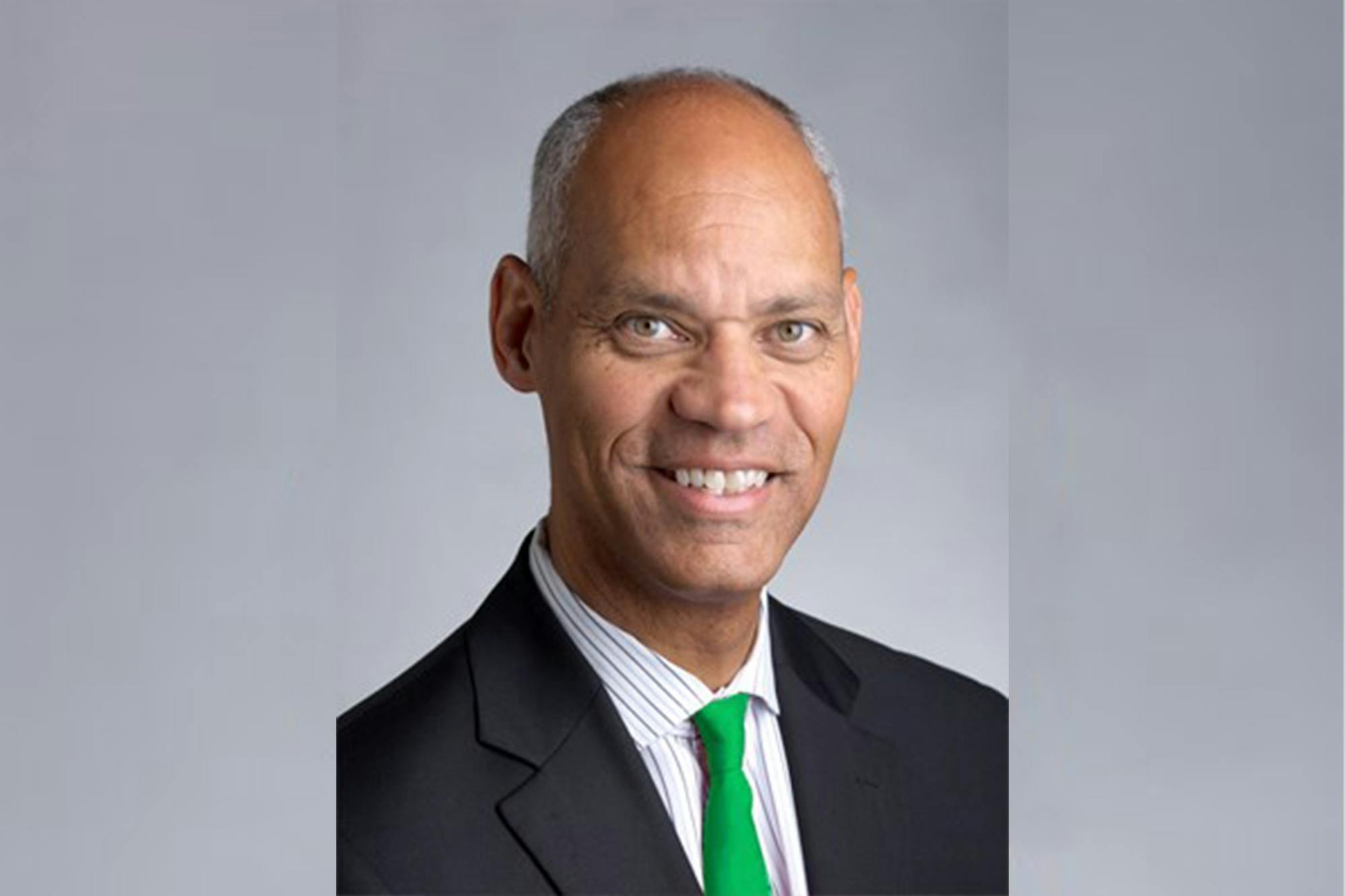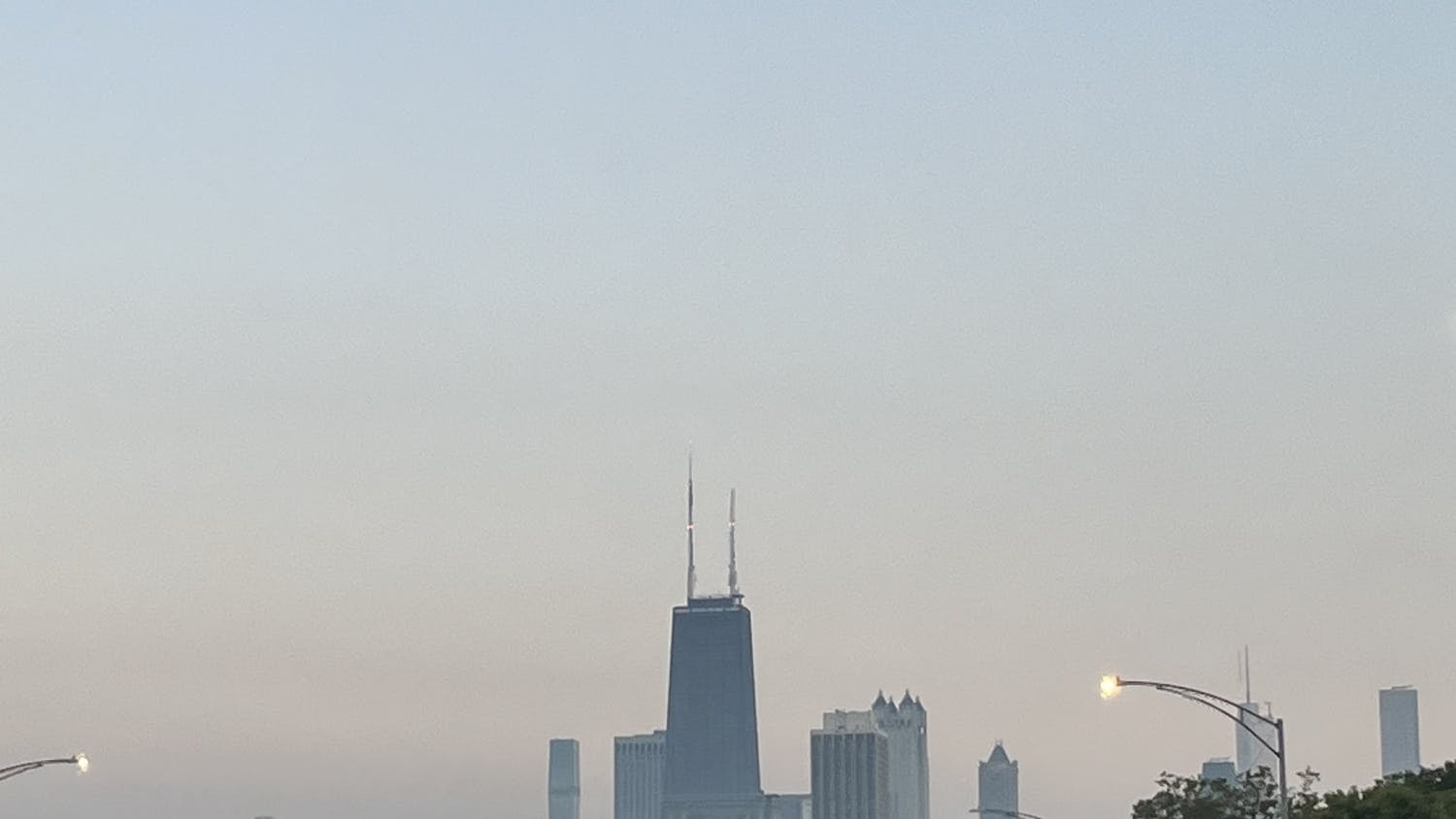Appointed interim athletics director in February 2021, Peter Roby ’79 has navigated the fallout of the elimination and eventual reinstatement of five varsity athletic teams, the subsequent retirement of former athletics director Harry Sheehy and a year full of COVID-19 cancellations and restrictions. Roby sat down with The Dartmouth to discuss the challenges and accomplishments of his first year in the athletics department.
You came in at a turbulent time for the athletics department. What would you say was your biggest challenge over your year as interim athletics director?
I felt like right away, communication was going to be crucial to re-establish the relationships and start to build back those relationships and the trust and respect of athletics administration and with our students, our stakeholders, our staff and coaches. The challenge there was just the volume. We’ve had to navigate the reinstatement of teams, we’ve had to navigate the beginnings of competition again after not having had any sports for the most part for over a year. And then lay on top of that all the challenges of COVID-19 still remaining, and testing protocols and positivity on teams and scheduling, postponements and rescheduling, all that kind of stuff. And then all the things that we were doing internally to try to put the athletics department back in on a really positive note, on solid footing. So there’s just been a lot of different things that have made it collectively challenging.
What are your expectations for how COVID-19 protocols might change for the spring term?
We’re just hopeful that we can get into the spring and the College will relax the mask mandates indoors, and the gatherings and stuff that we can do inside, to get back to a sense of normalcy. The other thing that we went through was, when we did have competition, we didn’t have any fans to speak of. We had pass lists, you know, just family, close friends and guests, some media, but that was it. And then we started to open it up, just at the end of the term here, where we could get more students and fans into the game. We won’t necessarily have as much of a worry in the spring because we’ll be outdoors, and people will be able to attend games without the worry because we won’t have the same restrictions as what we might have had indoors in the winter.
Many teams have played in front of reduced or empty crowds this term due to spectator restrictions. Who were the key players in that decision-making process, and how did those policies evolve over the course of this winter?
So much of the restrictions had to do with the air quality and the air transfer capabilities of each facility, and the size of each facility. The engineers that the college have on staff or had contracted with were doing all these air quality tests to know how much air was going through the buildings and getting renewed and all that sort of stuff. And so based on that, trying to come up with a formula for how many fans could actually be in the games, given those air quality capacities and the size of the facilities. That’s why, in some facilities, we were able to allow more fans into those venues at the end of the term. But others we had to maintain fairly strict limits, because they just weren’t big enough or we couldn’t separate fans from the students. We hated the fact that we couldn’t let more people into the events because we know that the students love to go to those things — and they make a difference in terms of cheering for our teams. But we’d kick ourselves at the end of the day if we did that and then the team somehow came down with COVID-19 again, and we had to shut it down. So we just tried to err on the side of caution. We took our lead from the College, and our engineers and safety folks and the COVID-19 leadership team. And then the College was trying to be in sync with the state of New Hampshire and the town of Hanover.
College President Phil Hanlon said one of his priorities for his last year in office is working with the athletics department to develop an athletics action plan that will be publicly released in the next few weeks. What progress has been made with the action plan, and what do you expect to be included in that plan?
An awful lot of progress was made in that. The review for the most part has been completed, and we’ve been working diligently based on the findings of the review to start to implement and to create the plan for addressing some of the issues that have been raised. We’ve been working hard with members of the Board of Trustees, with the senior leadership team, with our own internal staff here in athletics, all toward March 15, the date by which we are required to publicize the plan based on the settlement agreement that was reached when the teams were reinstated.
Where in the process is the hiring committee for the full-time athletic director? What factors played into your decision to remove yourself from consideration for the position?
As you know, a formal committee has been formed that [professor John Carey] is chairing, and we’re really grateful for his leadership with respect to that. The search firm has been hired and has been busy at work communicating with people both on the search committee but also nationally in terms of soliciting interest. My sense is that they’re moving along at a pretty good pace, and I’m very comfortable and confident that we’re going to find a really good person to lead the athletics department going forward. For me, it was more personal, just where I am in my life. You know, I had “retired” once already, and I’m at a point in my life where I want to get on to doing the things that I have wanted to do and spending it with the people that I care most about.
Given the nature of the athletics department and how many people you deal with on a day-to-day basis, is there anything that you have felt that you have not been able to do with your interim status?
In the conversation that President Hanlon and I had when he reached out to me about becoming the interim athletics director, I asked him if I was going to be able to make the kinds of decisions that I thought needed to be made regardless of my status — because I wasn’t going to come to keep the seat warm, I was going to come to to move the department forward and make decisions that could potentially have impact and implications for decades to come. When you hire coaches, for example, you’d like to think that that’s a decision that could have decades worth of impact if you get it right because they’re going to far outlast my tenure. We’ve hired five head coaches since I’ve been here, and we’ll have at least one more hired before I leave, now that alpine skiing head coach Peter Dodge has announced his plans to retire. We didn’t take those things lightly.
I think I’ve been able to get done the things that I thought were the [highest] priority: shepherding the reviews, hiring really good people, empowering the staff, building the relationships, reestablishing the trust, helping to create a healthy culture, creating relationships across campus and representing the institution within the Ivy League structure and nationally. I think we’ve accomplished a lot — we’ve addressed some of our facilities issues, we’ve commissioned a comprehensive athletics master plan, a space audit of all of our facilities in the last year. We got back to playing and we overcame some COVID-19 challenges, so I don’t think there’s anything that I could point to that I would say “I wish I had done that.”
What more do you want to accomplish, both short-term in your last few months and long-term beyond your time in the position?
We want to try to hire a really good alpine ski coach, so that’ll be a priority for sure. Once we get this gender equity plan approved, we want to make sure we set it up so that we can track it and monitor its progress so that when the new athletic director comes on board, there’s a roadmap there for them. I want to provide the leadership that’s required as we finish the academic year and our spring sports are just getting started. We don’t want to pay short shrift to their experience even though I might be transitioning, so we’ve got to rally the troops here to make sure that our spring sports athletes get the support that they need to have a great spring term, especially given what we know about some of them have missed two years.
This interview has been edited for clarity and length.




